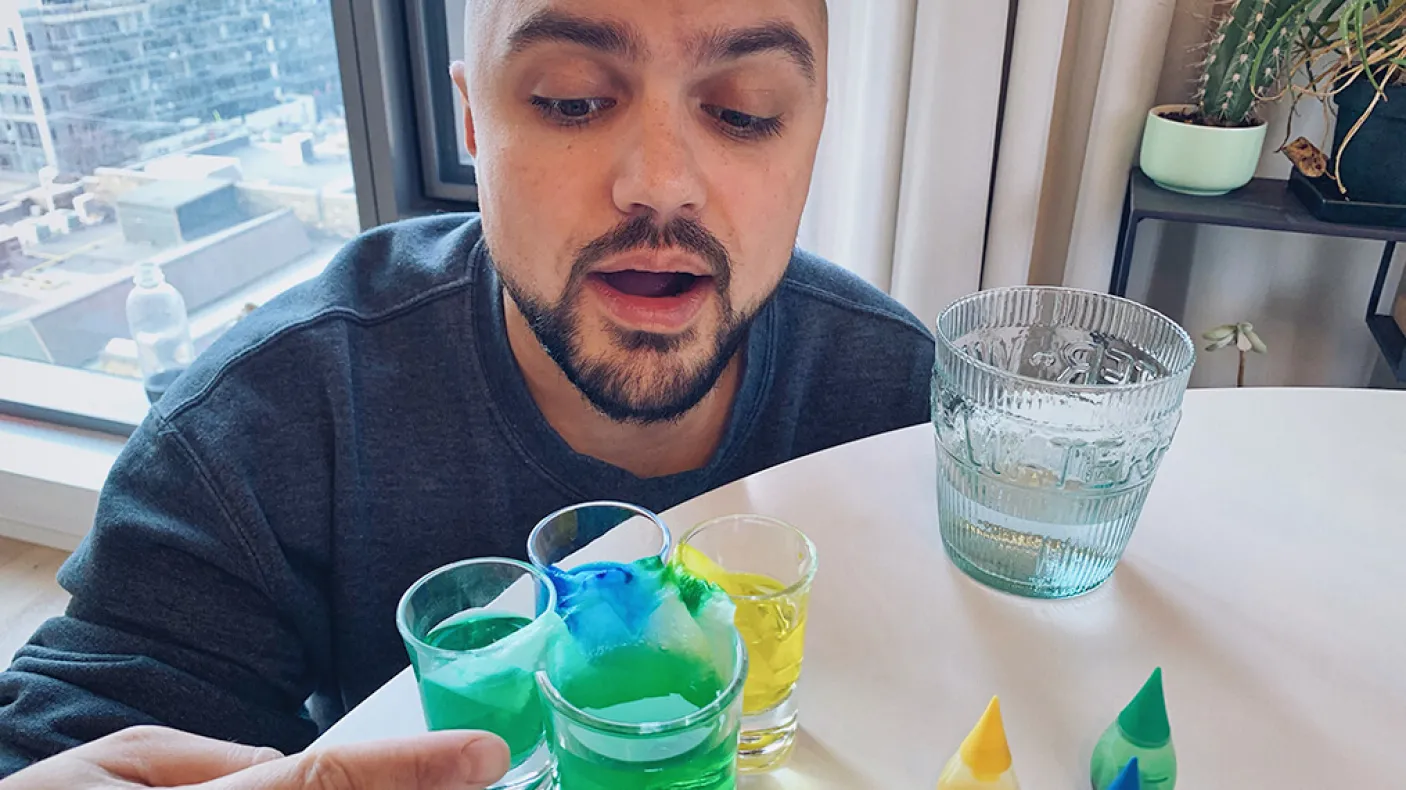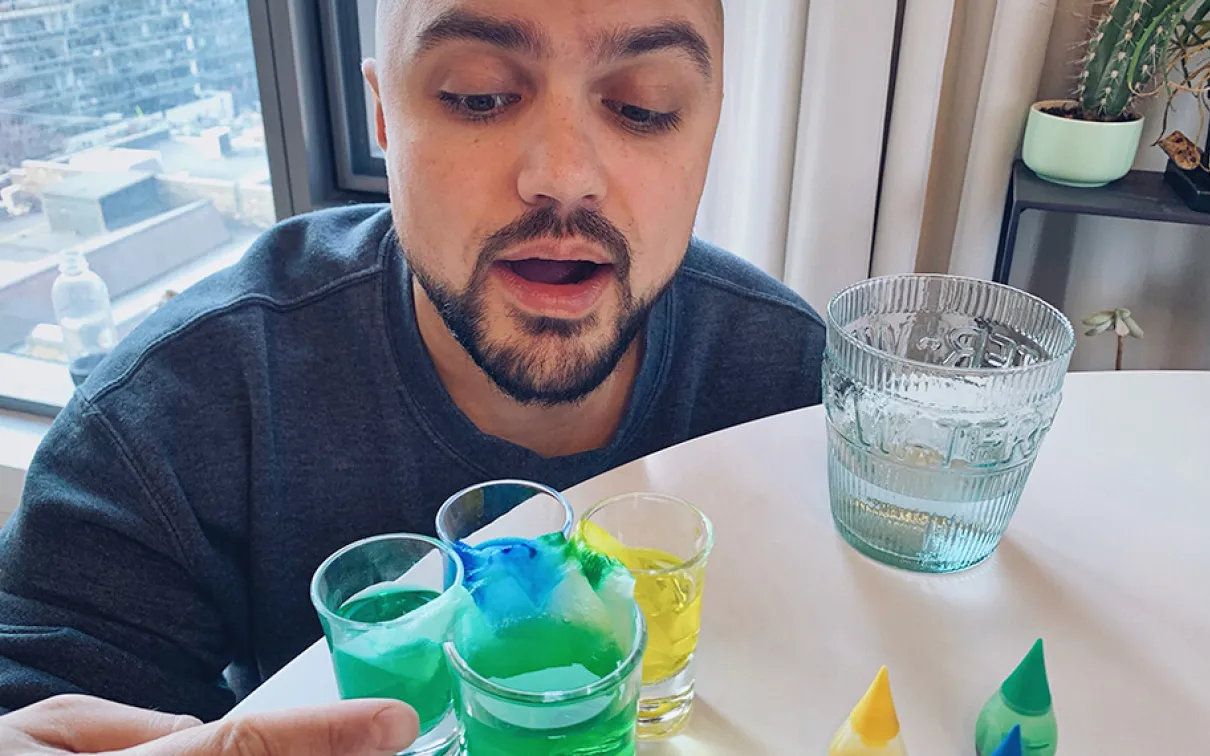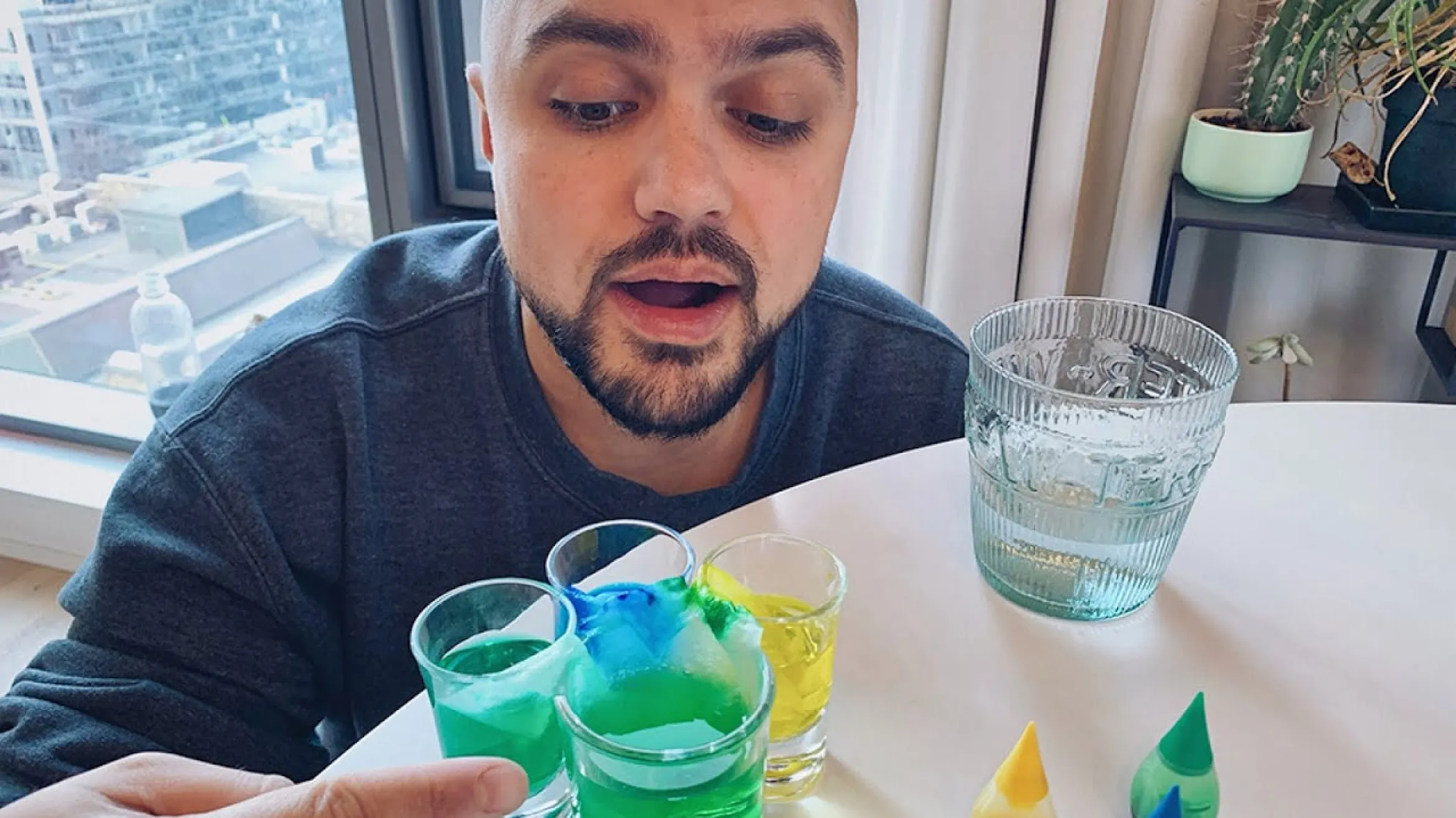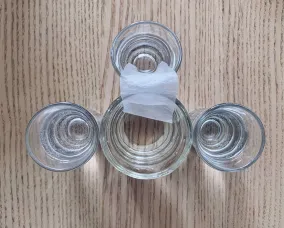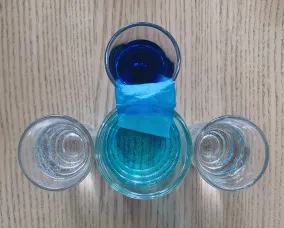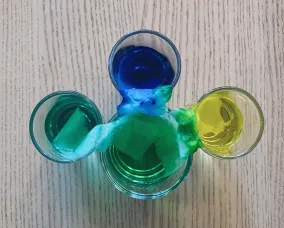ROMKids Show: The One About Water, Access, and Equity
Category
Audience
Age
About
Tune in every Tuesday at 2:00 pm on Instagram Live @ROMtoronto as ROM Kids Coordinator and Camp Director Kiron Mukherjee combines his passion for children’s education with storytelling to bring to life science, history and art for you and your loved ones in the comfort of your own home. Kiron will share activities, easy at-home crafts, behind the scenes anecdotes and fun facts—all connected to the ROM collections.
This time on the ROMKids Show we drink up on the world of water! Did you know that 71% of the world is covered in water, but only a very small amount of it is available to drink? Today Kiowa Wind Memorial Indigenous Youth Support Staff Justin Kewaquado joins us to talk about the importance of keeping our fresh water clean from pollution, and accessible to all communities. Then we’ll run an experiment to show how waste pollutes our waterways.
Materials
- water
- toilet paper
- food colouring
- small transparent containers
Get to Know Kiron
As the ROMKids Coordinator & Camp Director, Kiron is the public face of the Royal Ontario Museum’s family and children’s programs. Kiron started volunteering at the ROM at age 14 and has never looked back. Though he majored in history at York University, Kiron also considers his early years as a ROMKids camper to be a highly formative part of his education. Now, he strives to provide engaging and educational kids’ programming so that future generations can look back on their ROM experiences as fondly as he has.
